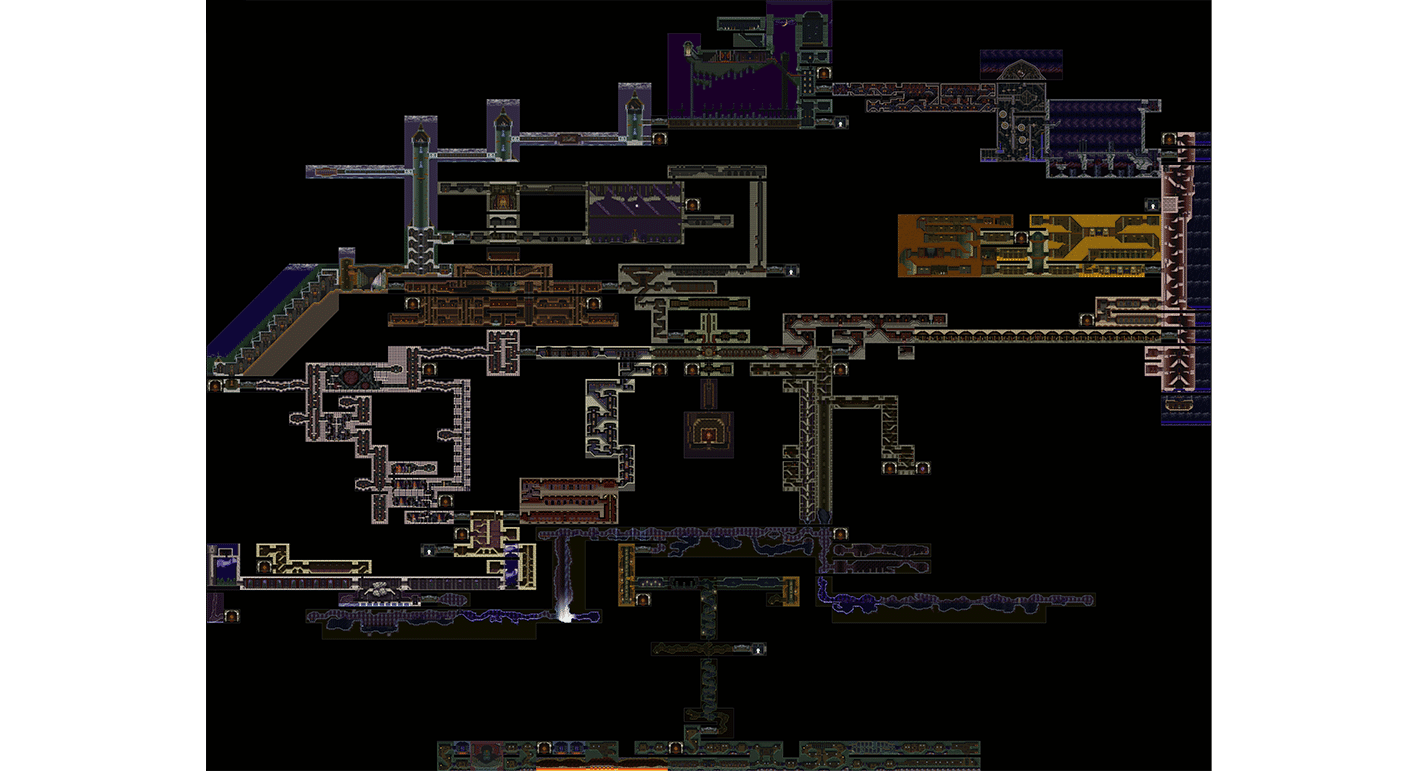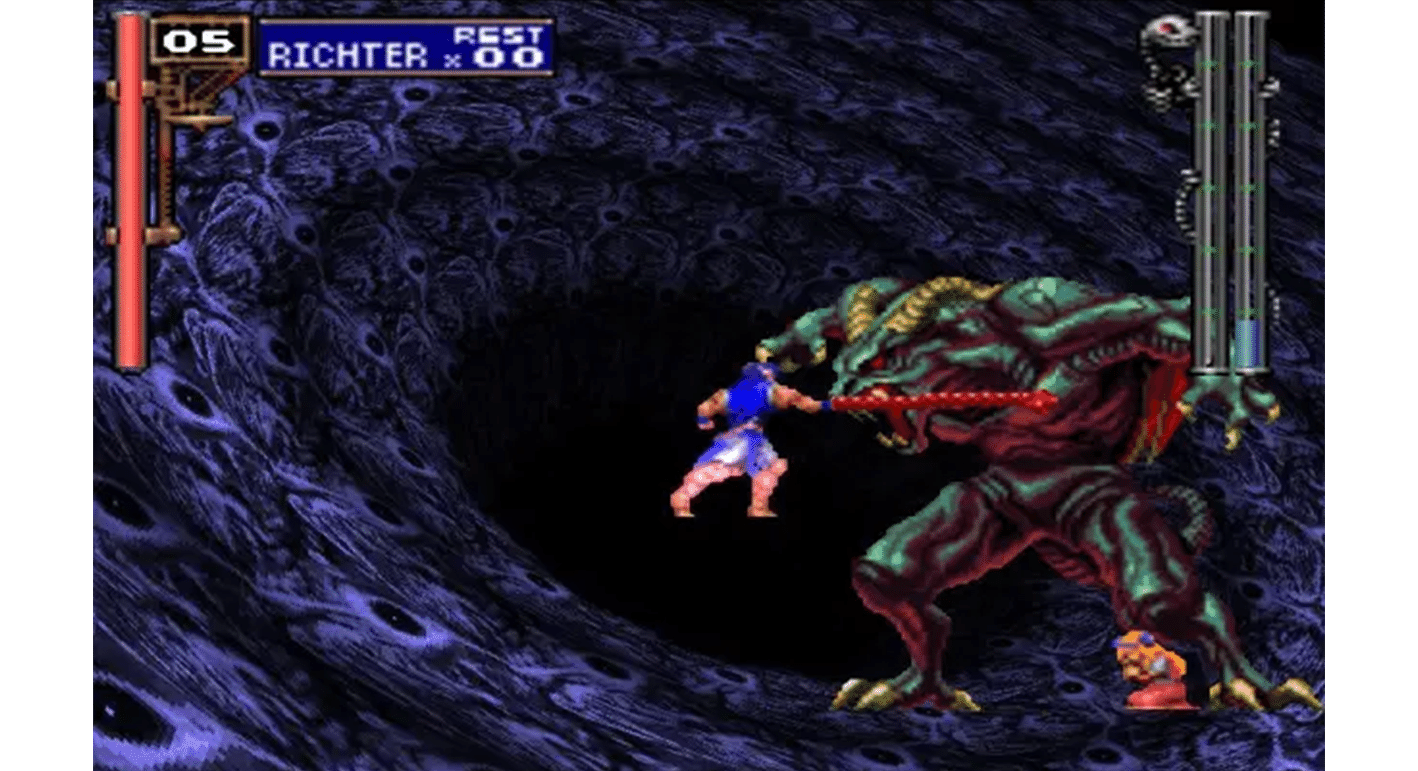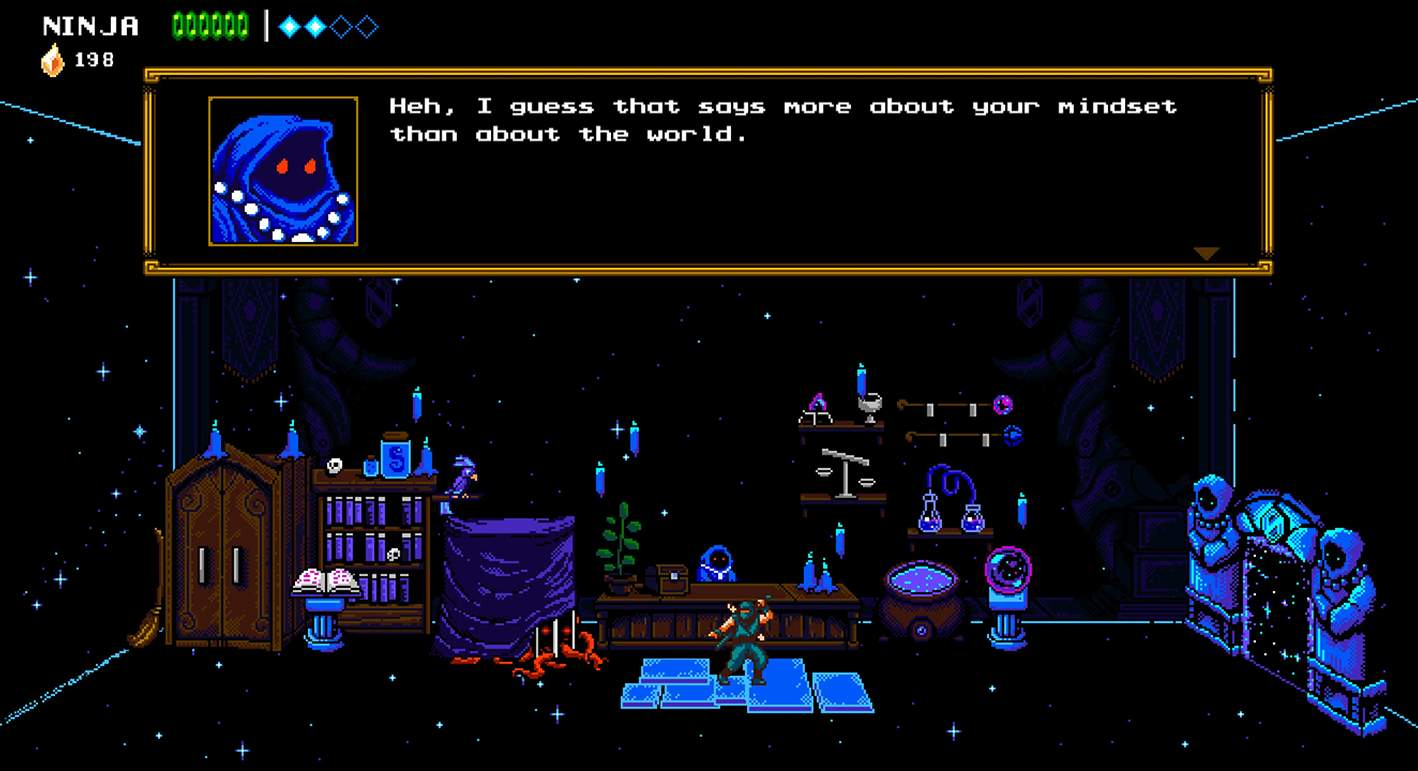“In metroidvanias, almost all aspects of the game are interconnected, so designing their levels requires forethought and careful planning.”
Exploration and Mapping
Metroidvanias tend to have large environments that the player is encouraged to explore in order to progress. The player will often have an in-game map that will show their progress as they uncover new parts of the map. This map is also helpful for backtracking, which is mandatory on this subgenre.

The map on metroidvania is consistent with what would be discrete levels in a plataform. Each section of the map should be gated in some way and considered as a mini level. At the same time, the level designer should consider how it fits into the whole.
Weapons and Tools
Combat in metroidvania genre tends to have a variety of weapons, skills and tools that may have applications outside of combat. They can be used to open new areas to explore or allow the player to go back to an area and access part of the environment that was previously inaccessible.

The paths from one area to another should be designed based on the abilities the players has available to them.
Movement
In most recent metroidvanias, many abilities also gate the progression and change the gameplay in significant ways: double jumping, jumping off the walls, using a whip or grappling hook to swing, changing the player’s character’s form…

Boss Battles
Metroidvanias, often feature complex boss battles, requiring the player to develop new tatics or to use specific tools to defeat a boss

Quality of Life Tools
Metroidvanias often also contain waypoints, save points and in-game shops where the players can upgrade their gear.
